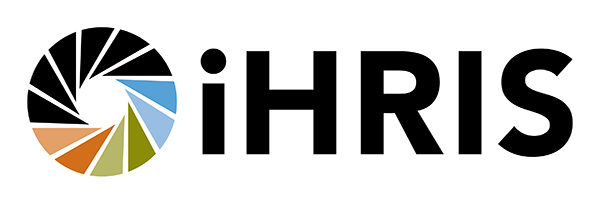Want to Transform a Population's Health?

To transform a population's health—including reducing costs and improving equity and outcomes—countries need actionable data. This means combining diverse data sources into coherent analytical tools. A common pain point for many of the governments and organizations we partner with at IntraHealth International is managing the ever-changing metadata about facilities, workforce status, the care provided, and supply chains. As the number of data sources grows, so does the complexity and burden for data managers, scientists, case officers, and analysts.
Knowing where care is provided, and what training, supplies, and equipment health workers have at their fingertips, is critical to managing foreseen and unforeseen public health events. For example, having data on how many beds each facility in a jurisdiction has available, can help officials plan for surge needs tied to pandemic response and preparedness.
Reliable information is also critical in the provision of routine care. In many areas around the world with unpredictable internet and electricity, the knowledge is available but it's fragmented and duplicative. There's a great deal of crucial information that officials simply can't access quickly. Health system managers and planners need to know their health workforce capacity and availability, the services offered at facilities, and other core data. Efficient referral systems also require this information and it must be accurate and up to date.
Introducing the Global Open Facility Registry
At the core of these big questions is how clients find care. That is, how do we figure out what types of health workers we need? How do we know where to find them? And how do we know when they might be available? This set of processes, called Care Services Discovery, requires harmonized data across the board. That’s why IntraHealth created an open-source digital good, the Global Open Facility Registry (GOFR). GOFR makes it possible to save time, improve accuracy, compare data sets, curate lists of facilities, and manage federations. Initially developed with funding from the Centers for Disease Control and Prevention, GOFR’s facility deduplication tool was used to support the PEPFAR Data for Accountability, Transparency and Impact Monitoring (DATIM) project to match 80,000 facilities across numerous administrative levels in 30 countries.
Most recently, under the Digital Square-funded Facility Registries Project, IntraHealth, along with partners TerraFrame and the University of Washington, developed GOFR into a feature-complete, shelf-ready Federated Facility Registry Platform, including geographic information system (GIS) and support for federations; advanced enterprise features for viewing, editing, and managing facility service offerings; integrated geo-registry; and interoperability with OpenMRS and the open electronic laboratory information system (OpenELIS) within the open Health Information Exchange (OpenHIE) architecture.
